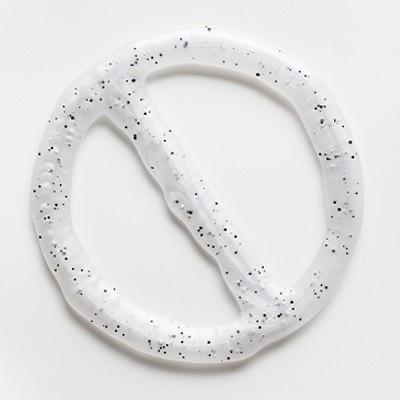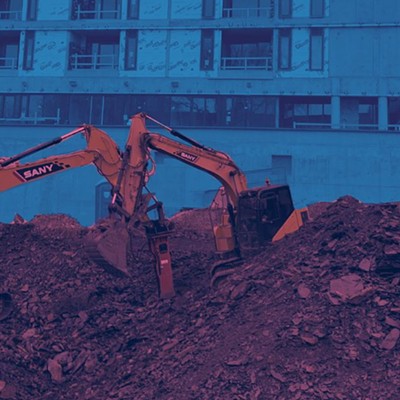In the future, houses in Halifax could look very different, inside and out as people are made aware and adopt more energy efficient options in the construction and maintenance of an average home.
In Germany, there is a multi-million euro a year industry that exists which has yet to find a foothold here, but could very well given a little time and some hard evidence as to the energy---and money---to be saved.
Jeremy Lundholm is a professor of botany at Saint Mary's University and is studying the energy benefits of green roofs. A green roof has living plants growing on at least part of it, from trees to shrubs to grass.
"Thermal benefits," he says. "You save money on energy in your building. Mostly it's been summer cooling but more studies are coming out that show the benefits of winter heating and insulation as well. Any building that has an air conditioner, that building could benefit from a green roof."
Other benefits include trapping storm water, delaying it from entering the storm water infrastructure, which only has a certain amount of capacity before it spills over, sending sewage directly into the harbour (post-Harbour Solutions, that is). But for green roofs to be effective in this, there'd have to be a large number of them to make an impact at the municipal level. We can keep our fingers crossed. "This is what happens in Germany," says Lundholm. "When you get a new development, all the houses, 50 percent of their roofs would be green, and it makes a difference."
Though we're not ready to set up that kind of coordination here yet, we aren't without green roofs. Lundholm is in the process of getting one installed at SMU, as a research tool, but there are others in Halifax. There's one above the Superstore on Quinpool Road, and one covering the parking lot at the law courts on Lower Water Street. Even the Citadel itself, it's got the oldest green roof around.
Another option to consider for saving energy when you're building a house is choosing a Straw Bale home. Kim Thompson is a green builder who specializes in projects, that, aside from the insulation, don't look particularly different from your average house.
"Nova Scotia has been a pioneer in Straw Bale housing," she says. Since the first ones were constructed in 1993 "there are about 50 Straw Bale buildings I've documented in Atlantic Canada." They provide an insulation value twice that of standard stick-frame construction and have many benefits, with energy efficiency being top of that list, as well as that they cut down on the amount of wood. The capital costs can be comparable to stick framed houses, but the accrued savings over the long term are significant.
Thompson also recommends clay finishes in natural building, rather than using toxic commercial paints. "There's a movement towards natural clay paints and plasters, with zero off-gassing."
If you'd like to learn more, have a look at Thompson's website: naturalbuilding.ca

















